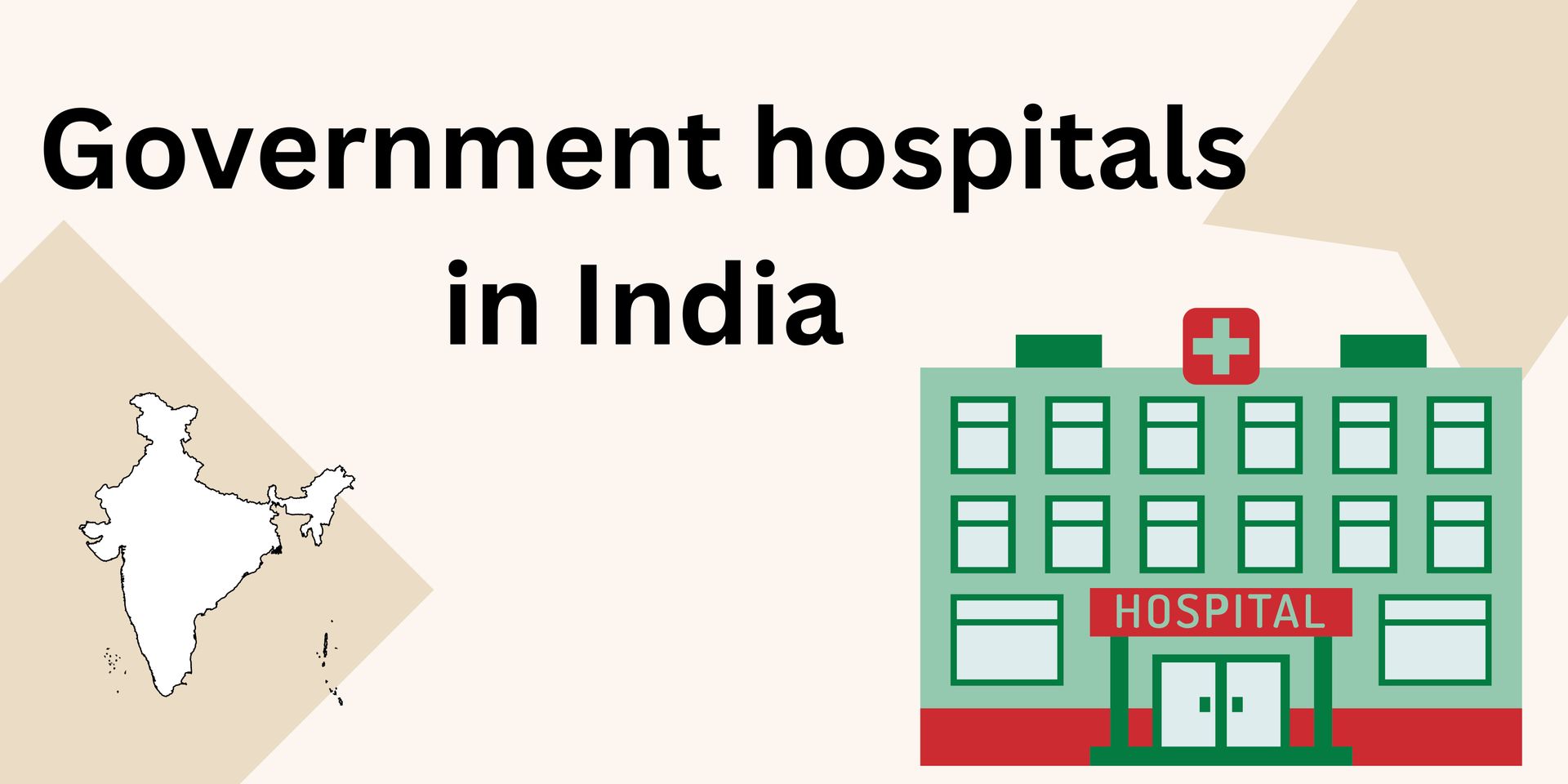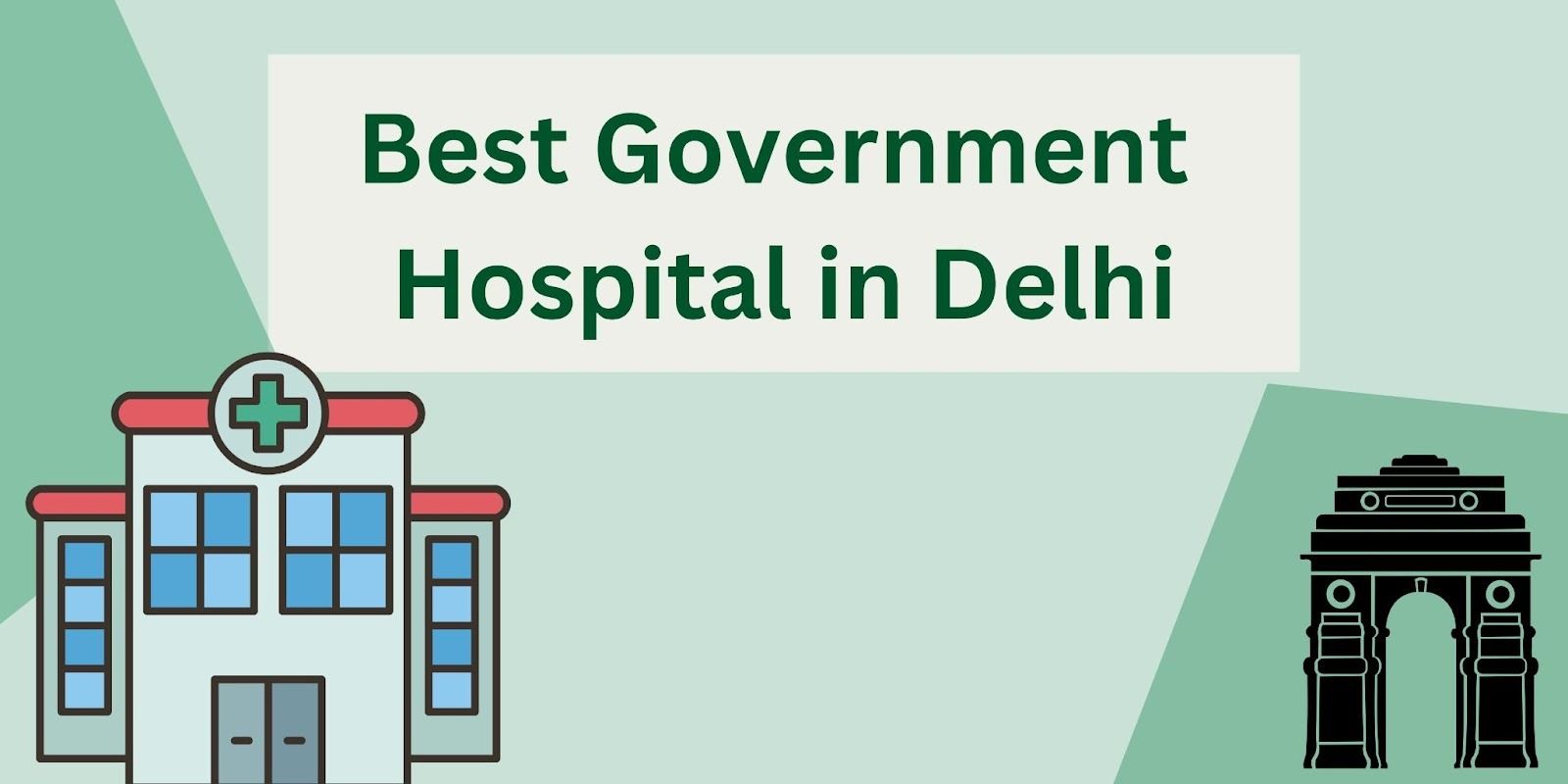Overview
If you're running a medical practice, you already know the struggle. Between managing staff, keeping up with paperwork, and actually treating patients, administrative costs seem to multiply faster than you can control them. Here's the hard truth: administrative expenses eat up 15–25% of most clinic revenues. That's a huge chunk of your hard-earned money disappearing into overhead.
But here's the good news. Clinics across the country are discovering smart, practical ways to cut these costs without sacrificing patient care. Some are seeing reductions of 40% or more in their administrative expenses. And no, they're not cutting corners or laying off essential staff. They're simply working smarter, not harder — a shift every modern clinic is embracing to stay efficient and competitive.
The Hidden Drain on Clinic Profitability
Understanding Where Administrative Costs Accumulate
Ever wondered where all your money actually goes? It's not just salaries, though that's a big part. Think about your office space rent, insurance, equipment, and all those little expenses that add up. Then there's the cost of maintaining outdated, paper-heavy processes that require extra staff just to keep things moving.
Your billing department alone probably costs more than you'd like to admit. Between insurance verification, coding, claim submissions, and following up on denials, you're looking at significant labor hours every single day.
The Breaking Point for Small Practices
Small and mid-sized practices are feeling the squeeze more than ever. With staffing shortages driving up salaries and benefits, many clinic owners are paying 30-40% more than they did just a few years ago. Add in the cost of recruiting, training, and dealing with turnover, and it's easy to see why some practices are barely staying profitable.
When you're stretched thin, patient care suffers. Your front desk gets overwhelmed, wait times increase, and your clinical staff ends up doing administrative work instead of focusing on patients.
This is exactly why many forward-thinking clinics are exploring flexible staffing solutions. They're finding success with options like remote medical assistant services that handle routine administrative tasks without the overhead of full-time employees. These professionals work from anywhere, managing appointment scheduling, insurance verification, and patient follow-ups at a fraction of traditional costs.
Embracing Digital Transformation in Daily Operations
Automating Repetitive Administrative Tasks
Let's talk about technology. I know, you've heard this before. But hear me out. The right automation tools can genuinely transform your practice without requiring a computer science degree to operate.
Modern electronic health record systems do way more than just store patient information. They can automatically send appointment reminders, flag missing documentation, and even suggest billing codes based on your notes. This means less manual data entry and fewer errors that lead to claim denials.
Think about your appointment scheduling. How many hours does your staff spend playing phone tag with patients? Automated online booking systems let patients schedule themselves 24/7. You're not paying someone to answer calls at midnight, but patients can still book appointments.
Paperless Office Implementation
Going paperless isn't just trendy—it's practical cost-cutting. Paper, printing, storage space, filing systems, and the staff time to manage it all adds up quickly. One mid-sized clinic reported saving over $18,000 annually just by eliminating paper records.
Cloud-based document management systems let you access patient records from anywhere securely. No more hunting through filing cabinets or paying for massive storage rooms. Everything's searchable, organized, and backed up automatically.
Plus, patients actually prefer digital forms. They can complete intake paperwork from home before their appointment, which speeds up check-in and reduces front desk workload.
Optimizing Workforce Structure and Flexibility
Restructuring Traditional Staffing Models
Does every position in your clinic really need to be full-time? Sometimes, yes. But often, there's room for flexibility that can save you thousands.
Cross-training your existing staff creates flexibility. When your medical assistant can also handle basic front desk duties during slow periods, you're maximizing everyone's time. Some clinics are experimenting with performance-based bonuses instead of across-the-board raises, which rewards productivity and efficiency.
Geographic Independence in Healthcare Support
This is where things get really interesting. Why limit yourself to hiring people within commuting distance of your office? Administrative tasks like billing, coding, data entry, and even patient communication can happen from anywhere.
When you're not restricted by geography, you access a much larger talent pool. You can find specialists who are experts in medical billing or insurance verification, rather than training someone from scratch. Some clinics are even using time zone differences to their advantage, having support staff in different locations to extend coverage hours without paying overtime.
Leveraging Outsourced Administrative Support
Identifying Tasks Suitable for External Management
Let's be honest about something: not every task needs to be done in-house. Insurance verification? Medical coding? Following up on unpaid claims? These are important, but they don't require someone sitting in your physical office.
Patient scheduling and follow-up calls are another perfect example. These tasks are time-consuming and repetitive, but they're also critical for keeping your schedule full and your patients engaged.
The Economics of Specialized Service Providers
Do the math with me for a second. A full-time, in-house administrative employee costs you their salary, plus benefits (health insurance, retirement, paid time off), plus taxes, plus recruitment and training, plus the overhead of office space and equipment. That can easily reach $50,000-$70,000 per year or more.
Now compare that to specialized remote medical assistant services. You typically pay only for the hours you actually need, with no benefits overhead, no office space costs, and no long-term commitment. The providers handle recruitment, training, and quality control. These professionals already understand HIPAA compliance, medical terminology, and healthcare workflows.
The scalability is incredible. Need more support during busy seasons? Scale up. Slower month? Scale down. You're not locked into fixed costs regardless of your patient volume.
Streamlining Patient Communication Channels
Multi-Channel Communication Systems
Your patients want to communicate on their terms, not yours. Some prefer texts, others want emails, and yes, some still want phone calls. Modern patient communication platforms handle all of these from one system.
Automated appointment reminders via text or email reduce no-shows by up to 30%. That's massive for your revenue. And when patients can message questions through a portal instead of calling, your front desk staff has more time for patients who actually need personal attention.
Reducing Phone Call Volume and Wait Times
Phone calls are expensive. Every minute your staff spends on the phone is time they're not doing something else. Self-service options through patient portals dramatically reduce incoming calls.
Digital intake forms are another game-changer. Patients complete them before arriving, which cuts check-in time in half and reduces staffing needs at the front desk. One clinic reported cutting their check-in staff from three people to two, saving over $35,000 annually.
Conclusion
Cutting administrative costs by up to 40% is absolutely possible with the right mix of technology, flexible staffing, and process improvements. Start small—choose one or two high-impact strategies, like automating reminders or using remote billing support. Track the results for a few months, then layer in the next improvement.
Every dollar saved on admin work is money you can reinvest in patient care, team development, or your practice’s financial health. Your future self will be glad you did.







